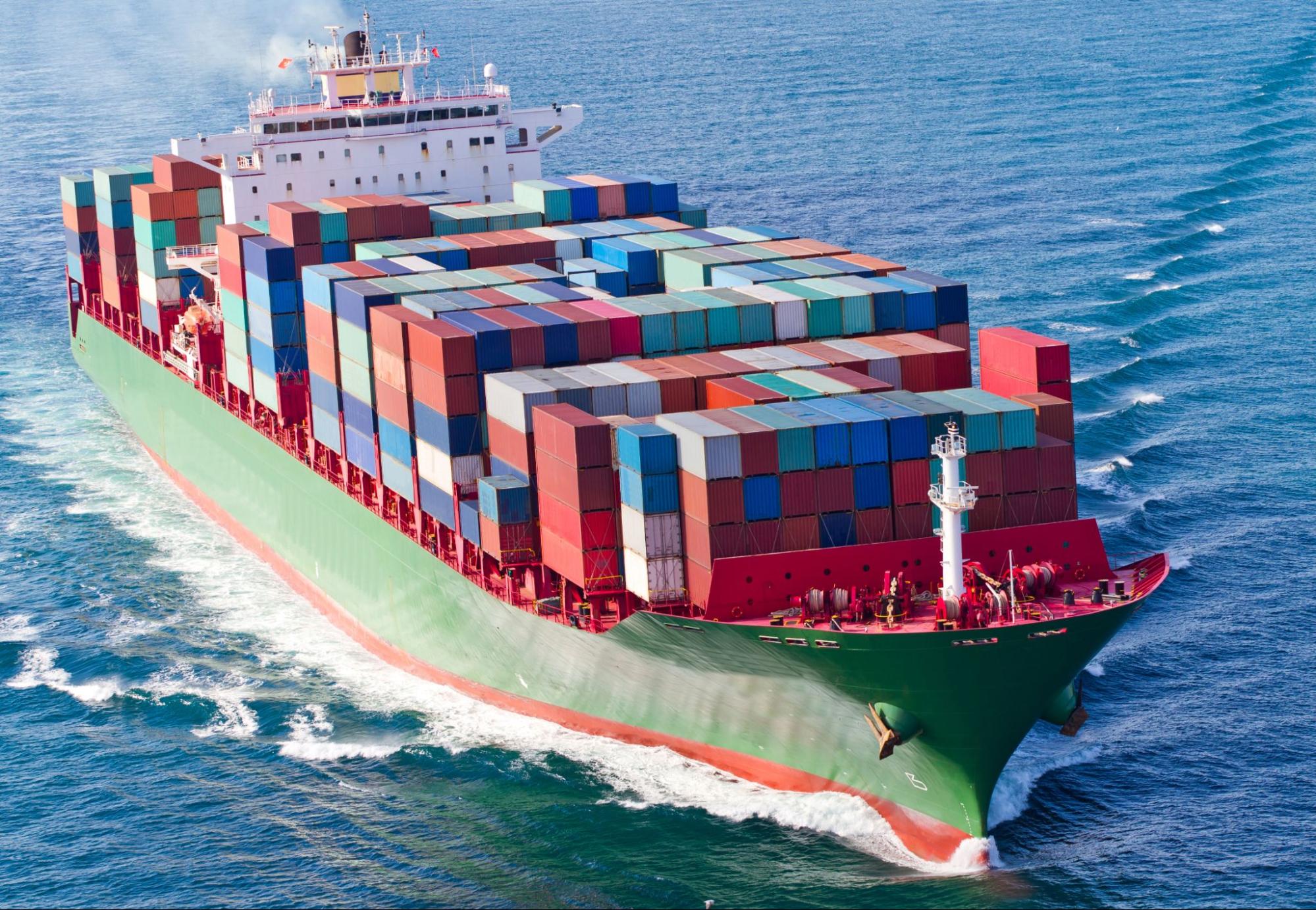Risk of strikes on the US East Coast could lead to further spikes in freight rates

NEW YORK: There is a real risk of work disruptions in East Coast of the USA PortsGiven the failure of negotiations between the union and the terminals in June, Baltic ExchangeThe latest container shipping report.
In the report we write: Lars Jensen, CEO of Vespucci Maritime said that any strike at U.S. East Coast ports would dramatically worsen global supply/demand dynamics by causing significant port congestion and shipping delays.
Jensen noted that the Ever Given’s jamming in the Suez Canal triggered a second phase of rate increases (during the pandemic and peaking in Q3), leading to extremely tight markets in late 2021 and early 2022 and record rates in the $15,000 per FEU range on some trades.
He wrote: “If a strike were to occur on the East Coast of the United States in September, it could well trigger the same effect, and market participants would be faced with a similar second phase in which interest rates would again reach record levels.”
The International Longshoremen Association (ILA)which represents about 85,000 longshoremen on the U.S. East Coast and Gulf, suspended talks with the U.S. Maritime Alliance in June over a disagreement over automation. The current collective agreement expires on Sept. 30, and the ILA is also demanding pay increases of about 40% as liner shipping companies make huge profits.
In another report from the Baltic Exchange, Judah Levine, head of research at Freightos, stated that transpacific demand is expected to peak in August and prices are likely to continue to rise. General price increases and surcharges could push prices to around US$10,000/FEU. Yang Ming Marine Transport has already announced a GRI of US$2,000/FEU from August 1.
The ongoing crisis in the Red Sea will lead to delays in tonnage, thus supporting cargo volumes.
A resumption of transits across the Red Sea or a collapse in demand would lead to a return to overcapacity, but this seems unlikely in the short to medium term.
Jensen wrote: “It is time for stakeholders to consider a scenario in which the large container ships will continue to sail around Africa for several years, rather than just a few more months. Conflicts in the Middle East are usually resolved only after very long periods of time, and it is obvious that the Western military presence has not been able to change the situation in the southern part of the Red Sea and the Gulf of Aden. It is possible that this will continue for several years, and therefore shippers will need to think about how to structure not only their supply chains, but also their procurement patterns, should such a scenario arise.”


